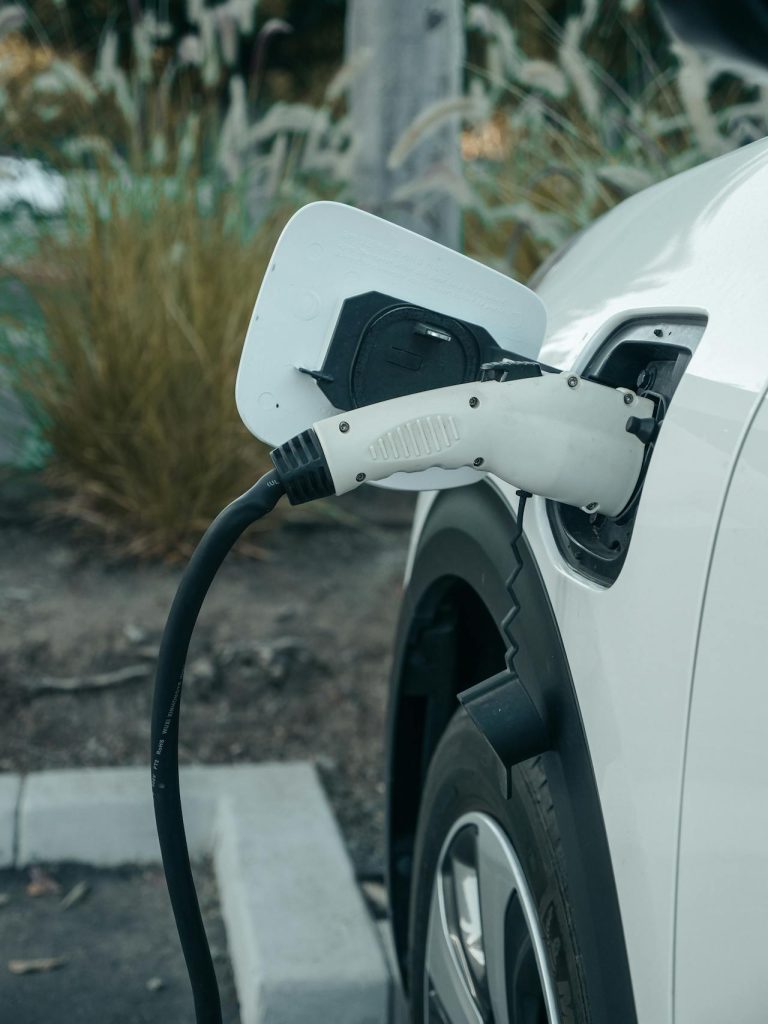Battery breakthroughs 2025 are the key to the future of electric vehicles (EVs). Who still dares to call EVs a passing trend in 2025? From San Francisco to Berlin, the message is clear: batteries aren’t just part of the EV story—they are the story.
Electric vehicles today boast longer range, faster charging, and battery systems that double as power stations—no longer a futuristic gimmick. So, what battery breakthroughs are making headlines in 2025? And more importantly, how will they reshape the way we buy, drive, and invest in EVs over the next 5 to 10 years?
Here’s a look at the 10 most important battery breakthroughs driving this transformation—based on publicly available U.S. and European data, plus insights from recent tech conferences, patents, and production plans.

2025 Top 10 Key Battery Technologies Overview
| Technology Name | Brief Description | Key Impact |
|---|---|---|
| Solid-State Battery | Uses solid-state electrolytes to replace flammable liquid electrolytes | Significant increase in safety and range |
| Silicon Anode Battery | Increases energy density, boosting battery range by 30% or more | Faster charging and longer range |
| Lithium-Sulfur Battery | Energy density is five times that of traditional lithium batteries | Lower cost, more environmentally friendly |
| Sodium-Ion Battery | Uses sodium resources, suitable for mid- to low-end vehicles | Reduced dependence on lithium |
| LFP Battery Upgrade | More durable and longer-lasting than traditional LFP | Cost control and better performance in extreme environments |
| Fast Charging Technology (800V system) | Charges 80% in 15 minutes, maintains battery life | Transformative user experience |
| Thermal Management Technology | Faster cooling of batteries, more efficient | Enhanced safety in hot climates |
| Battery Recycling Innovations | Over 95% of materials can be recycled | Environmental regulations drive large-scale production |
| Modular Battery Design | Modular, replaceable battery packs | Lower maintenance costs |
| AI-Driven Battery Management System | Real-time prediction and self-optimization | Enhanced safety and smart functionality |
1. Solid-State Battery: No Longer a “PPT Technology”?
If you’ve been following electric vehicle trends, you might be tired of hearing about solid-state batteries. But this year is different—Toyota and Samsung SDI’s production paths are now clear, and it’s estimated that by 2027, solid-state batteries could be used in mainstream vehicles.
- In January 2025, Toyota announced that its solid-state battery sample had completed 500,000 km lifespan testing.
- Compared to traditional lithium batteries, solid-state batteries can achieve an energy density of 450 Wh/kg, an 80% improvement.
2. Silicon Anode Battery: Charging in 5 Minutes Is No Longer a Pipe Dream
Tesla and Amprius are vigorously advancing silicon-based anode batteries, aiming to surpass the energy density limits of graphite anodes. According to Amprius’ data, their battery cells can reach 500 Wh/kg, which is 60% higher than the current Model 3 battery density.
What does this mean? A 5-minute charge could be enough to get you from Los Angeles to San Diego.
3. Lithium-Sulfur Battery: Can High Performance Be Environmentally Friendly?
Lithium-sulfur batteries have been tested by NASA for years. Not only are they lighter and more environmentally friendly (no cobalt or nickel), but their theoretical energy density can reach 600 Wh/kg.
Source: NASA Battery Innovation 2025
Currently, commercialization is still in its early stages, but for electric trucks, drones, and other high-range demand sectors, deployment could begin after 2026.
4. Sodium-Ion Battery: Alternative or Revolution?
“Stop fighting over lithium”—European manufacturers have started extensively developing sodium-ion batteries, particularly French company Tiamat, which has partnered with China’s CATL to promote sodium-ion technology in energy storage stations and low-end electric vehicles.
- Sodium resources are widely distributed and cost far less than lithium.
- In 2025, CATL announced the mass production of its first-generation sodium-ion battery, with an energy density of 160 Wh/kg.
5. Upgraded LFP Batteries: Never Dropping the Ball in Winter
To be honest, LFP batteries were initially not well received in North America—”they fail in winter.” However, the new LFP technology developed in collaboration between BYD and Tesla has improved its performance in extreme temperatures.
- The latest “blade battery” still maintains over 70% capacity at -20°C.
- The American Consumer Reports has listed it as one of the “most notable battery improvements in 2025.”
6. 800V Fast Charging System: Charge Fast, Drive Fast
Porsche, Hyundai, and Lucid Motors’ vehicles are adopting 800V high-voltage systems that enable 80% charge in just 15 minutes.
The question is: Will home charging stations keep up?
Many newly built homes in North America are starting to support 800V charging systems, and Europe has already begun planning. The next battleground will be grid pressure and compatibility.
7. Battery Thermal Management: Preventing “Explosion Headlines”
Between 2023-2024, there were around 42 battery thermal runaway incidents in the U.S. In response, BMW and Bosch jointly developed an “active liquid cooling system” to automatically cool down the battery pack in high heat or under direct sunlight.
Source: Bosch Mobility
8. Battery Recycling: The Next Billion-Dollar Market?
Did you know that the recycling rate of lithium and cobalt is nearing 95%?
- Redwood Materials (founded by a former Tesla executive) has partnered with Ford to build a factory in Nevada, recycling over 50,000 tons of batteries per year.
- Starting in 2025, the EU will impose heavy fines on battery manufacturers without established recycling chains.
9. Modular Design: Changing Batteries Like Changing Tires?
Modular battery designs make it possible for “partial damage not to equal full pack failure.”
- Tesla Semi and Rivian R1T already use removable modules.
- This will lower maintenance costs, and users may eventually be able to “self-replace battery units.”
10. AI-Driven Battery Management: No More Guessing Battery Life
Battery management systems (BMS) are becoming “smarter.” Using AI algorithms to learn charging habits, climate conditions, and driving behaviors, these systems offer personalized battery management.
Lucid Air and BMW i7 are the first to feature this, effectively reducing energy consumption by 20%.
FAQ
What are the most promising battery technologies to invest in over the next three years?
Focus on solid-state and silicon anode technologies. On the supply chain side, consider electrolyte materials and AI chip BMS companies.
Which countries or regions are likely to adopt new battery technologies the fastest?
North America (especially California), Germany, and Japan are the front-runners due to their aggressive new battery regulations and subsidy policies.
What’s Your Opinion?
If you’re also following battery technology, feel free to share which breakthrough you’re most excited about in the comments. Or, do you think any of these technologies are just hype? Leave your thoughts and share this with your EV-loving friends. Our next article will dive deep into the battery raw materials supply chain: Who will be the next lithium mine Tesla?







